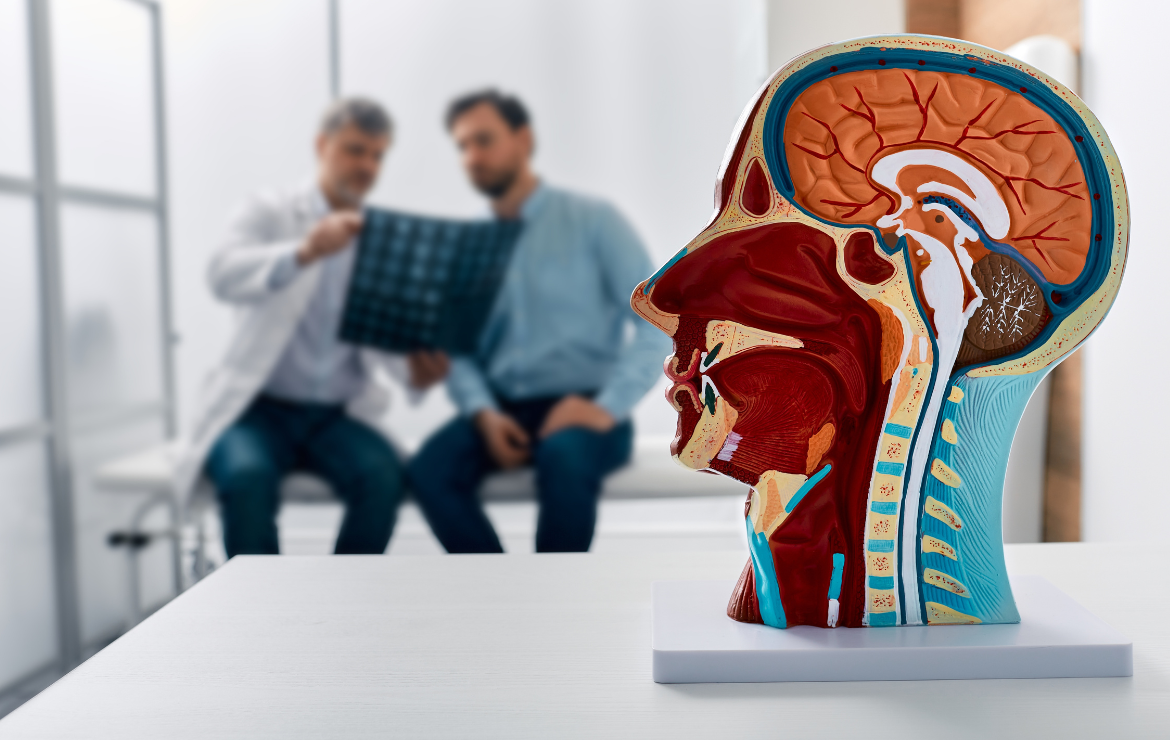Matching the Right Manual Wheelchair to the Injury and Needs: A Guide for Adjusters and Case Managers

As adjusters and case managers in workers’ compensation, ensuring the injured worker receives the proper equipment for a safe and speedy recovery is crucial. Regarding mobility needs, selecting the right wheelchair can significantly impact their well-being and independence.
This article provides a framework for matching the right wheelchair to the specific injury and needs of the worker.
Understanding the Injury:
- Level of Mobility: Is the injury temporary or permanent? Can the worker bear weight or require full support?
- Upper Body Strength: Does the injured worker have adequate upper body strength to propel a manual wheelchair?
- Transfers: Are there issues with using a transfer board, stand-to-pivot, balance, or coordination that require a specific seating system or specialized features?
Matching the Wheelchair:
- Manual vs. Power Wheelchairs: For those with upper body strength, a manual wheelchair offers maneuverability and exercise benefits. Power wheelchairs provide independence for those with limited strength.
- Seating and Support: Pressure sores are a concern. Consider wheelchairs with contoured seating, backrests, and headrests to promote proper posture and pressure relief.
- Weight Capacity: Choose a wheelchair with a weight capacity exceeding the worker’s weight for safety and stability.
- Environmental Considerations: Will the wheelchair be used primarily indoors, outdoors, or both? Features like all-terrain tires or a narrow frame for tight spaces might be necessary.
Additional Factors:
- Comfort and User Preference: While functionality is critical, consider the user’s comfort and preferences. Adjustable features like armrests and legrests can further enhance their experience.
- Transporting: How are we going to transport it? Is it a folding frame or rigid? What is the injured workers’ lifting capacity? Is it going in the trunk? And most importantly, what is the total weight?
- Future Needs: Consider whether the injury is temporary or if long-term use is anticipated. This can influence the decision to rent or purchase a wheelchair.
Zack Craft, VP of Complex Claims, explains, “Choosing an appropriate wheelchair can make all the difference regarding an injured worker’s recovery. At MTI, we understand this importance and oversee each case to ensure the perfect wheelchair is selected. A wheelchair ill-suited for a patient’s needs can result in recovery delays, increased costs, and further injury. For these reasons, we take our responsibility very seriously and work diligently to ensure each injured worker receives the right wheelchair from the start.”
Collaboration is Key:
Effective communication between adjusters, case managers, the therapy team, and the injured worker is essential. By carefully considering these factors, you can ensure the injured worker receives a wheelchair that promotes their recovery, maximizes their independence, and contributes to a successful return to work.











